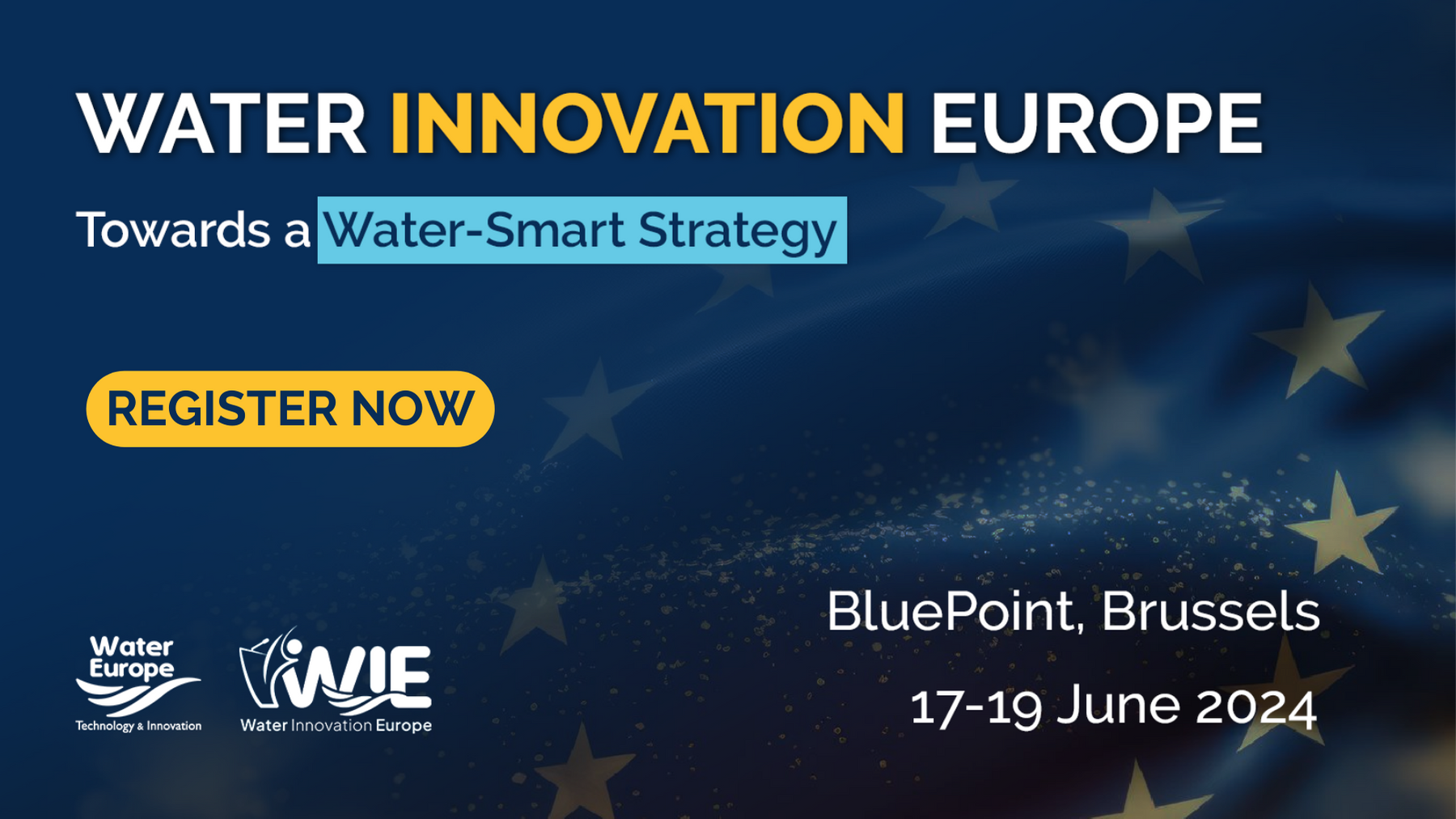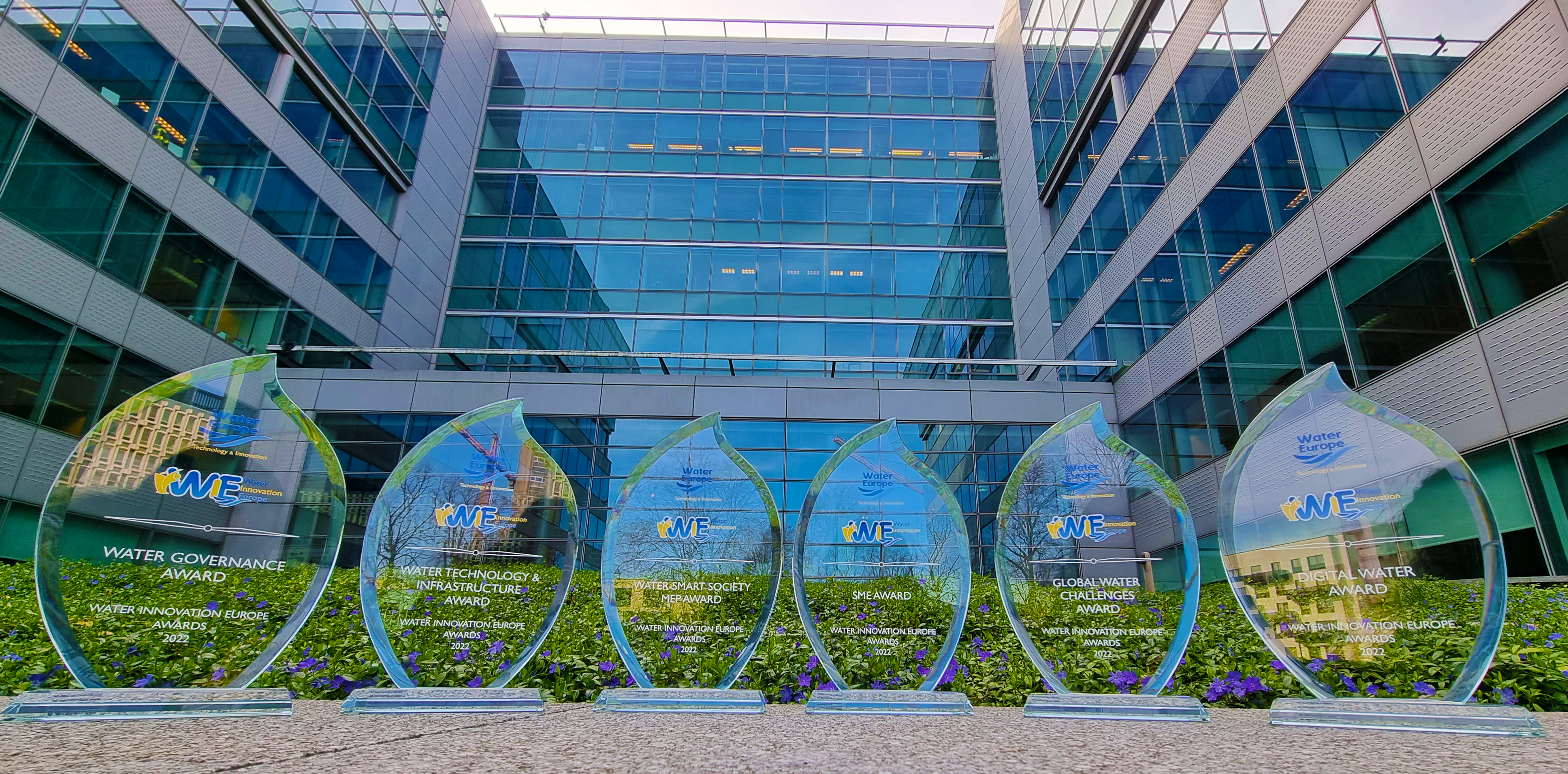Water management is turning green. Nature-based solutions are being implemented more and more frequently to create a climate-resilient, eco-friendly, and pleasant environment. While climate change is creating extra pressure on the system, the biodiversity decline must stop. Meanwhile, our (grey) water infrastructure, with its networks, pumps, and facilities, is growing older and becoming more fragile. Interventions are urgently needed and provide a window of opportunity to incorporate greener options. Grey is often seen as outdated. Replacement by green solutions is preferred. They look much nicer, and they are visible, unlike most of the grey water infra. By now, we do have a wide experience in green infra construction, maintenance, and operation. They are appreciated by the public; most political decision-makers like that. So why invest in grey infra if there is a more desired alternative?
Challenges
But are the green solutions better than the grey ones? In a number of ways, they certainly are. They provide lots of benefits in the struggle against floods and droughts, many have a positive effect on water quality and biodiversity, provide social, health, and economic benefits, create added value to the landscape and properties, and so on. But it is hard to compete with grey infra if it comes to their performance, reliability, and space demand. Of course, we see significant differences in the performance of different facilities. Lower performance and reliability are often overcome by installing trains of different solutions but that comes with a price.
Expertise
Another peculiarity in the shift from grey to green solutions seems to be the expertise field that is driving each of these worlds. The world of green solutions seems to be driven mostly by landscape architects and urban planners, ecologists and designers. They design solutions aiming at maximizing the social, ecological, and economic benefits, often in dialogue with the public. They consider cultural and historical values in their designs, visualize their designs in ways that sell, and realize visible and attractive green water infrastructure.
Grey water management solutions – for water supply, the drainage of wastewater and stormwater and fluvial and coastal flood defense – are developed by civil engineers and water technologists. They develop highly cost-efficient solutions for water utilities, drainage, flood protection and wastewater treatment, with facilities, mostly located subsurface or located far outside the city- boundaries, protected by big fences so that no one can disrupt their performance – and no one knows what is happening there nor understands how the systems work and why these are made the way they are. But they are doing a great job at all times, supplying perfect drinking water, draining wastewater and stormwater, and treating that to a quality that is acceptable to be reintroduced in the ‘natural’ water cycle.
In fact, we see two separate communities, a green one, and a grey one, each with its own culture, language, approaches, objectives, etc. They are hardly interacting, if not in competition for the support of society.
Another strange phenomenon – in the green community even more than in the grey – is the low level of ICT that is used. While each car engine nowadays has at least 50 sensors and controllers to optimize performance, this control practice has hardly entered water management, Yes, we know it is growing, but not comparable to other sectors. Smart control, including monitoring, can help water management systems to perform better. It is a challenge for all of us to make better use of today’s monitoring and control possibilities and develop new opportunities. To that end, the ICT-community is to be connected to the grey and green one.
Green-Grey solutions: the way forward
By blending the expertise of the three communities, green-grey solutions could be developed.
Green solutions can be integrated with grey and smart ones to add co-benefits, like social, environmental, and economic ecosystem services. And introducing more monitoring and control systems will allow us to optimize their performance.
The first step is to make the experts from the three worlds cooperate. And although there seems to be an advantage for all in co-creating better solutions, reality shows that the three communities are very much apart.
We recently explored potential reasons for this by interviewing a number of representatives of the water sector, including solution providers, their suppliers, academia, and their clients and end users. To our surprise, all these groups have barriers preventing the required symbiosis. The clients have problems becoming launching customers for new solutions due to the risk of failure and/or since permits cannot be obtained. The solution providers have no reason to invest in the development because their clients don’t ask for it, and consequently, the same holds for their suppliers. And the researchers and knowledge providers are organized in strong silos, each with its funding streams, journals, and conferences, so a driver for transdisciplinary cooperation is missing. Moreover, a public driver that would stimulate the development of such hybrid green-grey-smart solutions is missing; the public is not aware of the systems in place, let alone of their problems and the possibilities for developing better alternatives.
Triggers are needed to start a co-creation process, overcome the hurdles of misunderstanding, test ideas in the lab and in practice, and help clients take the risk of implementing an innovative solution and improving it on the go.
These triggers could be financial but also strategic – to obtain a competitive advantage or to ‘buy in’ public support –, (re)organizational or regulatory. It was proposed to introduce a Technological Subsidiarity Principle in water policy and politics: “Only if nature-based solutions cannot provide sufficient and continuous reliability of the required water system services, smart and/or grey solutions can be added to – and preferably integrated with – the green ones, to provide a sufficient water quantity and quality for all the functions that are to be sustained.” This principle requires the integration of green, grey, and smart technologies to realize continuity in performance and service level for all functions that depend on the availability of sufficient water of sufficient quality.
The realization of this principle is a paradigm shift for all the communities mentioned earlier. It requires fundamental changes in the policies of governments, the regulatory framework, and the organization and financing of the water supply, treatment, and system management. It will require new capacities and skills of the people developing, planning, designing, constructing, operating, and maintaining such green-grey solutions. Not an easy job to do, but worth trying from the perspective of circularity and impact reduction.
The existing organization of the water sector and all related aspects, such as the regulatory framework and the financing, is built around the solutions we started implementing more than a century ago! For good reasons, our grandparents have constructed monofunctional water facilities and networks. But society has changed. Land use has intensified; cities have densified; biodiversity is declining rapidly; and the water infrastructure is aging. New demands are emerging, e.g. from the perspective of sustainability, the need for circularity, and the WEF nexus. And new technologies have emerged in water and green technology, ICT, materials, and so on. It is high time to start thinking about the ‘the new green-grey-smart water infrastructure and what is needed to get there.
Check out the latest publication ‘Opportunities for Hybrid Grey Green Infrastructure in Water Management: Challenges and Ways Forward’.



